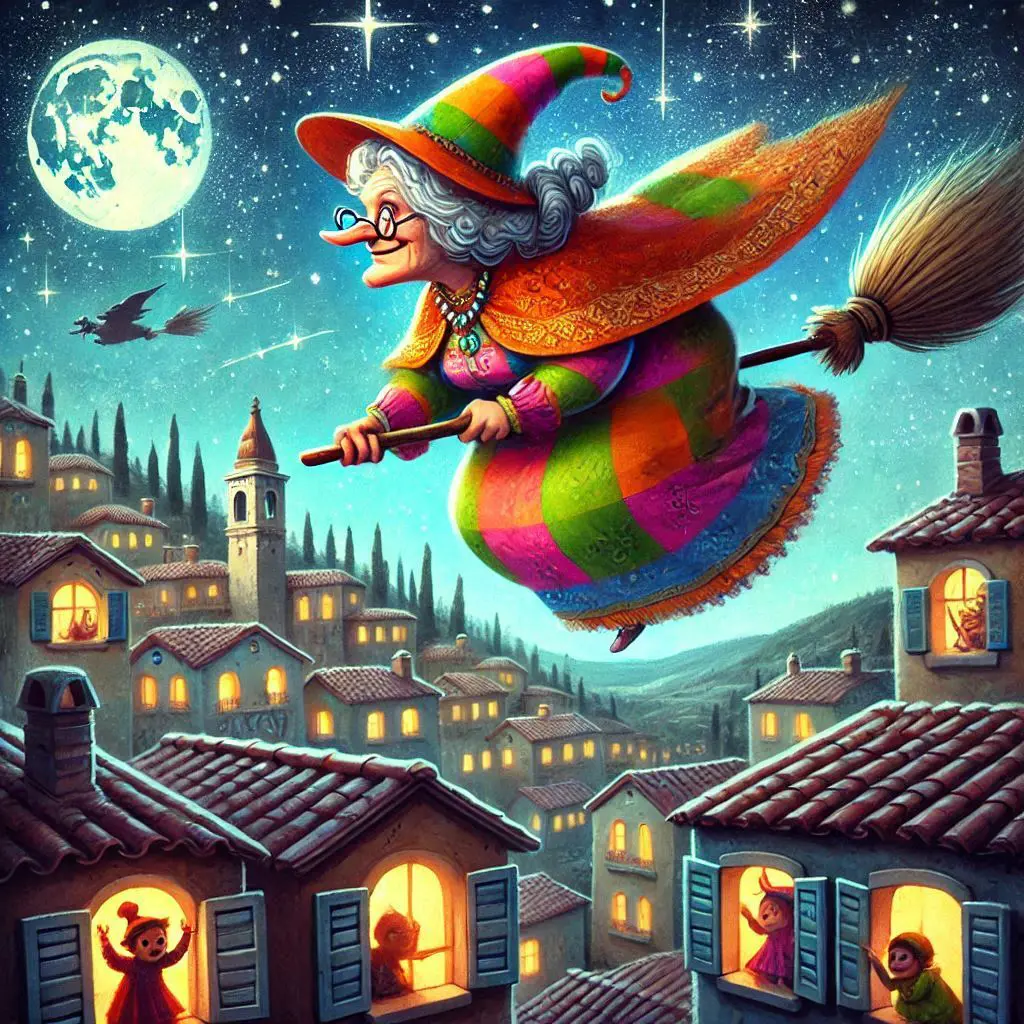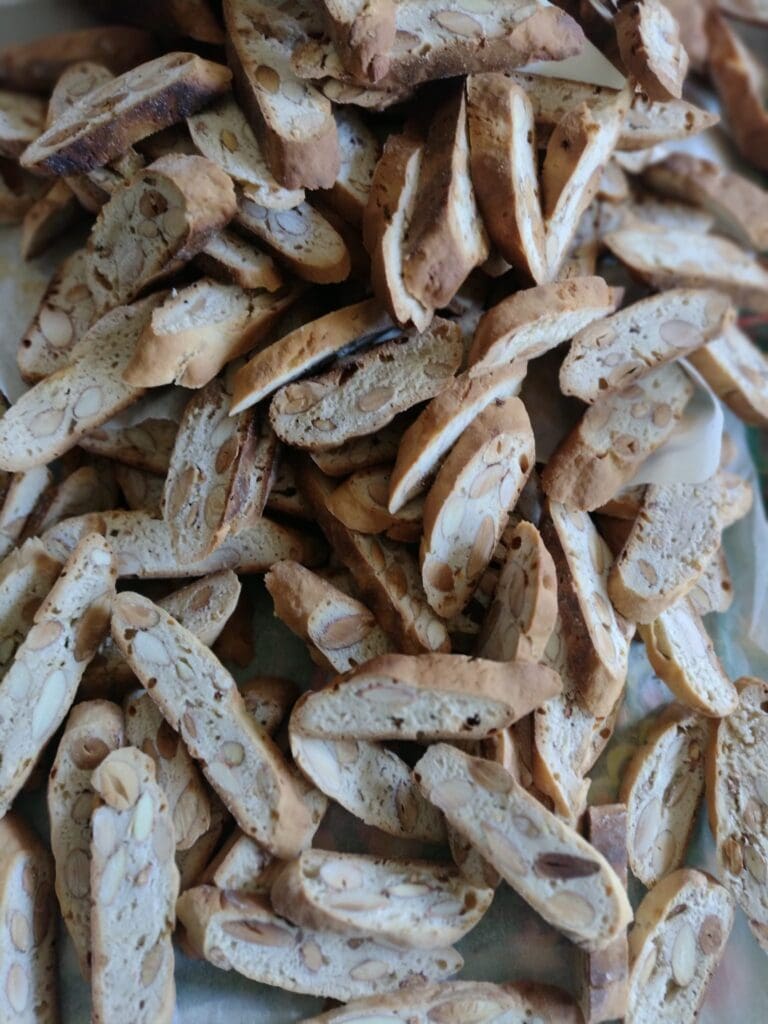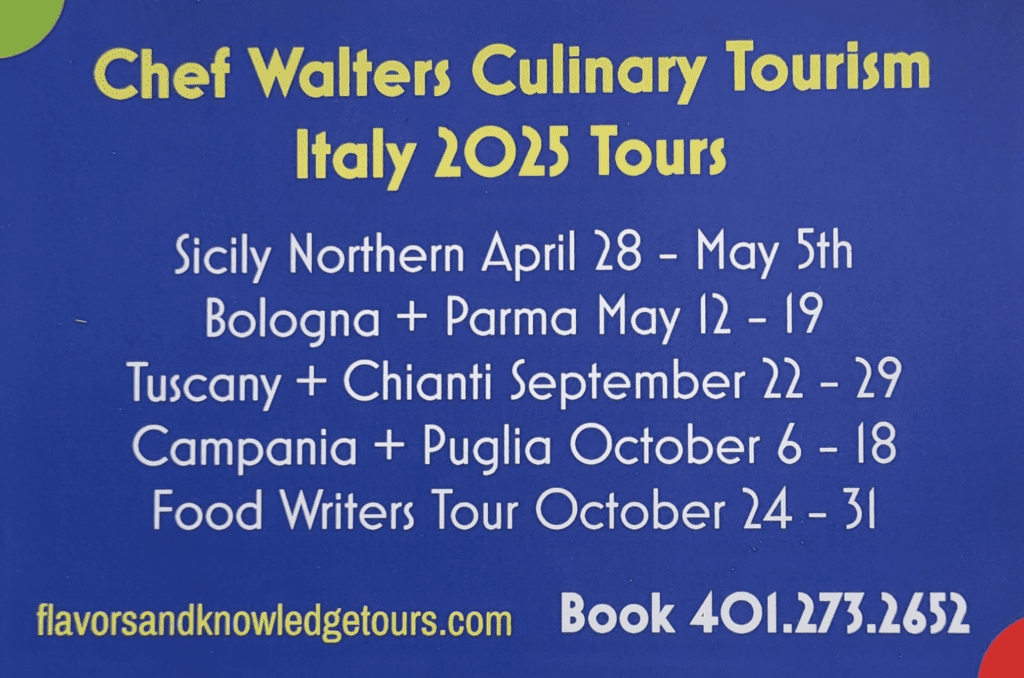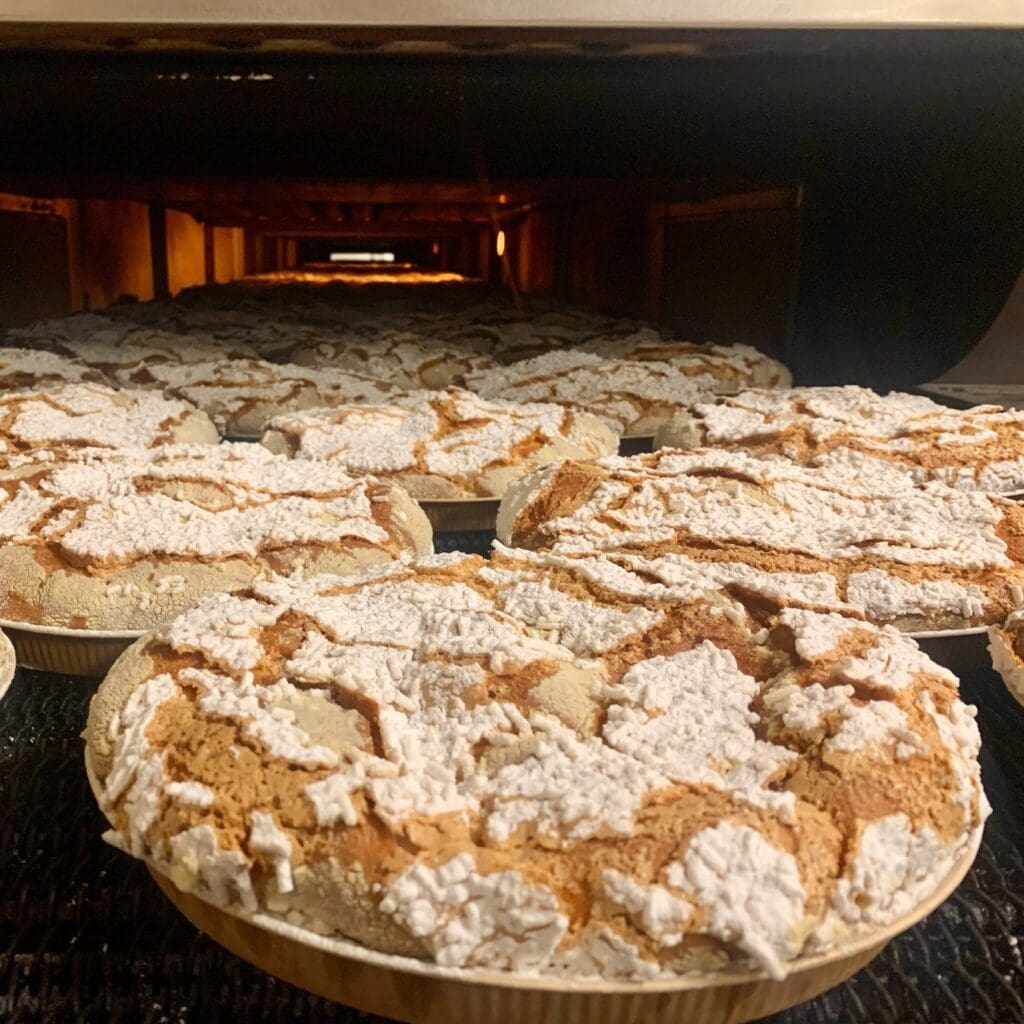Search Posts
Recent Posts
- Rhode Island Weather for May 31, 2025 – Jack Donnelly May 31, 2025
- Burn with Kearns: Fix Your Foundation: Core, Mobility & Joint Health – Kevin Kearns May 31, 2025
- In the News… quick recap of the week’s news (5.31.25) May 31, 2025
- Business Beat: Navigant CU receives prestigious Community Impact Award from NEACH May 31, 2025
- To Do in RI: Taste of Rhode Island. Food, libations, entertainment, auction for Matunuck Oyster Bar May 31, 2025
Categories
Subscribe!
Thanks for subscribing! Please check your email for further instructions.

Ask Chef Walter: The Myth of Epiphany (Befana). Pepper & Honey Biscuits – Walter Potenza
by Executive Chef Walter Potenza, contributing writer
Photos: W. Potenza
The last holiday of the Christmas season promises to deliver coal and mandarins to children and adults. The year 2024 will get most of the coal and no gifts.
Buongiorno amici:
As we get older, we return to childhood, and I still celebrate traditions and am very excited about being a child for one day. If you, like me, have grandkids, the Befana (EPIPHANY) may offer another opportunity for spending money as if Christmas was not enough.
This week, (January 6th precisely), we celebrate la Befana, the holiday that officially seals the Christmas season for 2024. While I no longer receive anything as a gift, excitement takes over me when I share the idea with my grandkids. But, unfortunately, in the United States, the celebration does not exist or is celebrated among the Catholic practitioners, never caught on, and possibly never will.
1) The term began from the Greek word Epiphany, or manifestation.
2) It is connected with pre-Christianity and its numerous magical traditions.
3) January 6th, the celebratory day which coincides with the end of the Christmas season.
In the creative children’s imagination, the Befana appears as an older woman equipped with an aquiline nose and edge-sharp chin, traveling the world on a corn-style broom while bringing all-sorts gifts to well-behaved children. She wears a dark and wide skirt, an apron with pockets, a shawl, a handkerchief, or a hat on the head, all enlivened by numerous colored patches.
Her sack filled with candies, chocolates, and toys, is mixed with a suitable dosage of coal and ashes, symbolizing that not all went well. And to be better in the year ahead. She flies over the roofs and, descending from the chimneys, fills the stockings left hanging by the children. They prepare a mandarin or orange and a glass of wine for the good old lady in exchange. The following day, in addition to gifts and coal, the children will find the empty plate of the meal they had eaten the night before and the Befana’s handprint on the ashes scattered on the plate.
Originally the Befana was a symbol of the year just past, a year old just like the Befana itself. The older woman’s gifts were auspicious symbols for the year that was about to begin. The three Wiseman indeed connects themselves to the Befana in the Christian tradition. Legend has it that on a frigid winter night, Baldassare, Gasparre, and Melchiorre, (the three wisemen), on the long journey to get to Bethlehem from the Child Jesus, unable to find the way, asked for information from an older woman who showed them the way.
Then, the Three Kings invited the woman to join them, but, despite the insistence, the older woman refused. Once the Three Kings were gone, she regretted not following them, and so she packed a sack full of sweets and began looking for them, but without success. Therefore, the aging lady began to knock on every door, giving each child she met some sweets, hoping that one of them was Baby Jesus.
Today, after a period of oblivion, the Befana story comes back to life, especially in the small town of Urbania in the Marche hinterland, but pretty much all over the country. Wearing slightly battered clothes and dispensing gifts and little lectures, the nice older woman lives a second youth, linked to the rediscovery and enhancement of the ancient roots and the most authentic cultural identity.
On occasion, several regions in Italy prepare foods associated with the holiday. For example, in Tuscany, they make a cookie called Befanini. These traditional short-crust cookies include citrus and rum in the mix and covered with colored celebratory jimmies. They are typical of Lucca and Viareggio’s areas, where the dough gets cut with Christmas-shaped cookie cutters. Their appearance and recurrence make them an ideal sweet to prepare with children messing their hands with flour scattered all over tables. However, be advised not to make too many or risk finding yourself cooked like a befanino, as they say in Tuscany, meaning “tired as a Befanino.”
In Piedmont, to be precise, in Cuneo’s province, the Befana has had its fugassa (focaccia), sweet soft dough with a rounded shape reminiscent of the appearance of a daisy. And like all respected ancient legacies, the fugassa of la Befana preserves a very original tradition. White and a black bean get folded into the dough and whoever finds them (contrary to what one might think) receives no reward, instead ends up paying. The unfortunate person who finds the white bean pays for the focaccia’s cost, while the black bean’s finder pays for the pairing wine’s worth.
If we swipe our finger on Italy’s geographical map to stop in Abruzzo, the Epiphany tradition requires pepatelli, typical biscuits from the province of Teramo. However, these sweets are not prepared only for Epiphany, but during all holidays, starting from Christmas. The ingredients for pepatelli include black pepper, accompanied by honey, flour, cocoa, almonds, and orange peels.
A tested recipe is included below, if you have time to make some.
The French also prepare Galette des Rois during the Epiphany, celebrating the three kings’ arrival. As with many local delicacies, the recipe varies within the town. Even in this case, as in the Fugassa from Piedmont, something is hidden inside, typically a tiny object choice. Is it called Fève, broad bean, in memory of the ancient custom of hiding one of these legumes inside anything.

Pepatelli Molisani (La cucina del Molise)
Enjoy with a glass of sweet wine a couple of days after making it.
Prep Time 10 mins
Cook Time 15 mins
Total Time 25 mins
Servings about 20
Ingredients
8 ounces of wholewheat flour
8 ounces of blanched almonds
One cup of pure orange honey or other variants
Zest from 1 organic orange
One teaspoon of freshly ground black pepper
Procedure
Mix the almonds, flour, orange zest, and pepper in a bowl. In a saucepan, gently heat the honey until it becomes fluid. Add the honey and knead until the dough is smooth. Cut into two and shape into rectangular two inches-wide loaves and place them on a baking sheet on a baking tray. Bake in a preheated oven at 325 degrees for 10 minutes, then once cooked, cut the loaves into slices diagonally and less than 1/4 of an inch thick. Bake once more for 5 minutes or until golden brown. Keep in tin boxes for as long as 2 to 3 months. They become softer as they get older!
www.chefwalterscookingschool.com

___
Chef Walter is featured HERE every Sunday with his regular Ask Chef Walter columnn!

Meet Chef Walter!
There is a constant, recognizable thread in the career of Walter Potenza to elevate the level of Italian culinary culture in the United States. Besides his unquestionable culinary talent and winning business perspective, Chef Walter has been a relentless educator with passion and knowledge who defeats stereotypes. His life, career, and values are a model, an example to follow by any chef of Italian gastronomy working outside Italy.
Chef Walter appears regularly on National and International Networks such as Food Network, ABC, CBS, NBC, RAI, FOX, and Publications such as NY. Times, Washington Post, Wall Street Journal, Food & Wine, Saveur, Gourmet, and several Italian media outlets. And now – RINewsToday!

